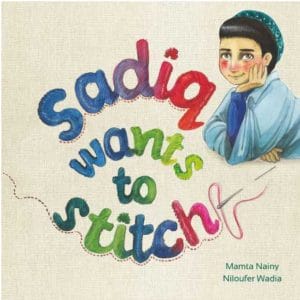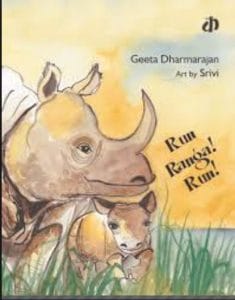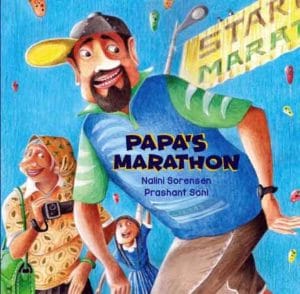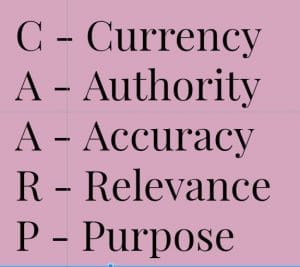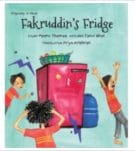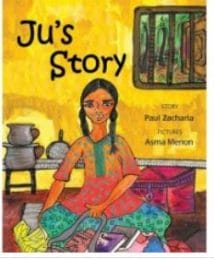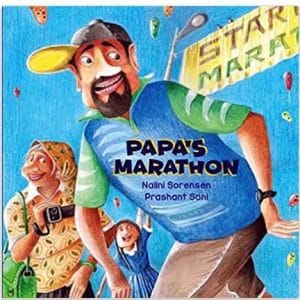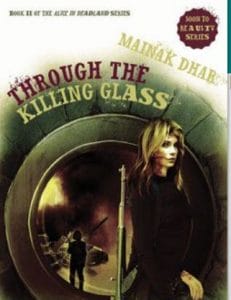Giving credit to others contribution is important. And why is it important? Many businesses tycoons of successful projects know that success comes when it is built on other people’s ideas or ones own with others help. These leaders give credit to all those who have been a part of the endeavour. Giving credit where credit is due is a very rewarding habit to form. Its rewards are inestimable – Loretta Young, an American Actress.
Acknowledging and giving credit is one of the key aspects of any project or research. We all need to know, learn and practice giving credit when we create our presentations and work. As librarians, we are constantly reminding our students to cite their sources. When we give credit to the resources we use for teaching, we are not only modelling it for our students but also valuing other peoples work. This only establishes our credibility and reinforces what Google Scholar’s Mantra states: Standing on the shoulders of giants.
Learning and giving credit to all our images, using copyright free images or sharing ideas from others in our own creative way is a part of the Creative Commons and understanding the licenses are a part of being Information Coaches/Librarians. The IBO office recently released – An Ideal Libraries/Librarians putting a huge emphasis on the ethical use of information, protecting the environment and being respectful of all races, religions, and sects. Using any form of citation, be it MLA, Chicago or APA style, it is important to teach students to recognize others work. And, not copy and paste – which is outright plagiarism. Students need to paraphrase, add their own perspective and cite their sources of information. This practice will help all become critical thinkers and ethical users of information, and one must know that simply copying and pasting information out from the internet is not learning. Let’s model, practice and support the ethical use of information.

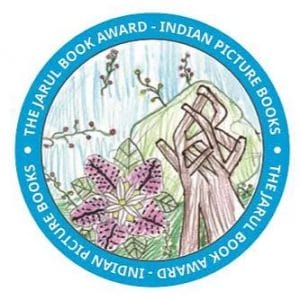 oice Award, empowering children to read, voice their choice and select the best one based on criteria that students will need to consider.
oice Award, empowering children to read, voice their choice and select the best one based on criteria that students will need to consider.